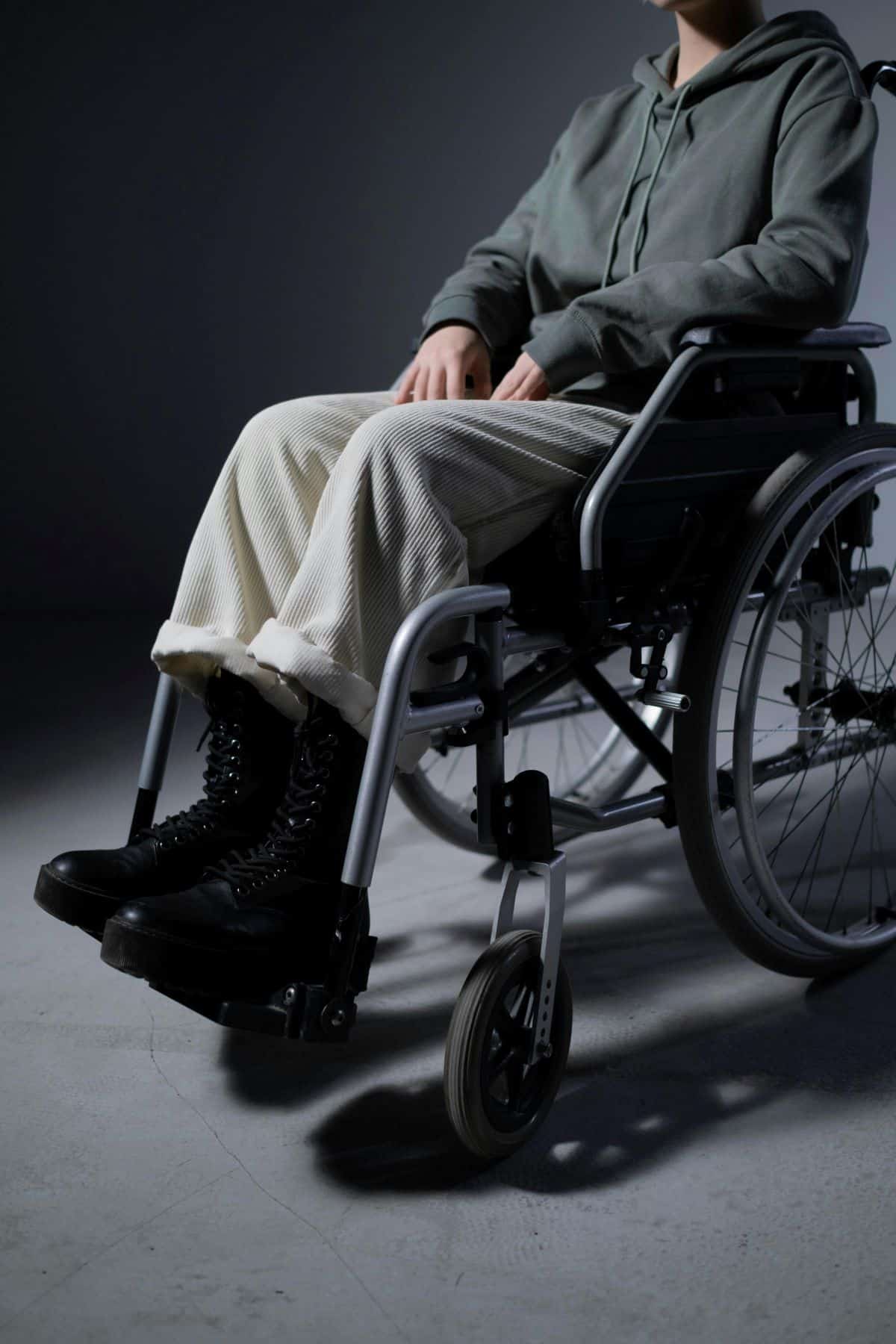You probably know you can file for compensation to cover injuries and property damage sustained in an accident. You gather your supporting evidence and contact the insurance company.
After several rounds of negotiations and possibly a civil court case, you walk away with a check to cover your damages.

However, what about compensation for pre-existing conditions? Are you seeking compensation for pre-existing conditions? If so, the claims process is a little more complicated. You’ll need to prove the accident negatively affected your pre-existing condition.
What is a Pre-Existing Condition
Okay, the term pre-existing condition can be pretty broad. For example, if you have a hangnail and it’s ripped off in an auto accident, this can technically qualify as a pre-existing condition. However, your chances of being able to receive compensation for a band-aid are pretty slim.
Claiming a hangnail as a pre-existing condition is only going to get a laugh out of your insurance adjuster. To claim a pre-existing condition, you must meet the following criteria:
The medical condition must have existed before the accident, which typically means providing medical records to support your claim. The accident must also be directly responsible for triggering symptoms associated with the pre-existing condition. Or the accident made your symptoms worse.

Still a little confused? Don’t worry; here’s an example to help clarify any confusion. You suffered a back injury at work from a slip and fall. Worker’s compensation is taking care of the expenses relating to this injury.
Suddenly, you’re in an auto accident, and the collision sets back your recovery progress or makes your existing back injury worse. Now, you may have grounds to include your pre-existing condition in your personal injury claim.
Guess what! Who covers the damages can also be confusing. For example, does worker’s compensation or the at-fault driver’s insurance cover your damages? So, your worker’s compensation is responsible for covering expenses relating to the injury at work.
The at-fault driver’s insurance covers damages that are directly linked to the accident. Sometimes, it can seem like the coverage overlaps, but insurance companies are pretty good about not paying someone twice for the same injury.
In other words, don’t expect to receive two checks to cover the same expenses.
Types of Pre-Existing Conditions
As mentioned earlier, something as minor and irritating as a hangnail can be considered a pre-existing condition. However, once again, it’s usually not a damage you can list on an insurance claim.
Pre-existing conditions are typically more serious and often affect the individual’s quality of life. Here are a few examples:
- Chronic neck or back issues
- Previously broken bones
- Strains and sprains
- A history of concussions
- Traumatic brain injury
Pre-existing can also include diagnoses like diabetes, osteoporosis, and arthritis, for example. If the car accident triggers or makes symptoms associated with these and other long-term conditions worse, you may be able to seek compensation.

Damages You May Be Able to Claim
If you’re not sure what damages are in a personal injury case, it refers to compensation. Think of damages as another way of referring to the financial amount you receive for your injuries.
While every personal injury claim involving pre-existing conditions differs, some damages are pretty standard, which include but are not limited to:
- Medical bills
- Rehabilitation and ongoing therapy
- Lost wages
- Medical equipment
- Prescription medication
The above are considered economic damages, meaning they have a monetary value. You may also be eligible to receive compensation for non-economic damages. Non-economic damages are more difficult to calculate since they don’t have a tangible monetary value.
Examples of non-economic damages can include pain, suffering, and loss of quality of life. For most people, it’s hard to place a dollar amount on their pain and suffering.

Understanding the Eggshell Skull Law
Yes, Texas really does have a standard known as the Eggshell Skull Law; the name may be a little silly, but it also accurately describes the purpose of the law. Think of how fragile an eggshell is and apply this to your pre-existing condition. In other words, your pre-existing condition may make you more susceptible to injuries.
A good example is if you’re diagnosed with osteoporosis. Also known as brittle bone disease. Since your pre-existing condition makes you more susceptible to injuries, you may qualify for compensation under the eggshell skull rule.
The basic idea behind the eggshell skull rule is to protect accident victims. A defendant can’t use your pre-existing condition against you, and this also applies to the insurance company. So, a defendant can’t get out of responsibility for your injuries simply by claiming your pre-existing condition is to blame.
Proving a Pre-Existing Medical Condition
To receive compensation for your pre-existing medical condition, it’s going to take more than your word. You may be known for your honesty, but this isn’t going to matter to the insurance carrier. You will need to provide supporting evidence, and it must also be verifiable.
So, what type of evidence do you need? A good place to start is with your medical records.
Your medical records should detail your diagnosis and ongoing treatment, and don’t forget to provide current medical records, especially if you sustain injuries in an auto accident. Any new injuries are often separate from pre-existing conditions. In other words, you can seek damages for both as long as you can prove your claim.
Sometimes, medical records aren’t enough, especially if your personal injury case ends up in civil court. You may need to provide expert medical testimony that highlights how the auto collision affected your pre-existing condition.
If you’re in civil court, don’t forget juries love seeing plenty of evidence, so don’t be afraid to go a little overboard. Your attorney may not use everything, but it’s always a good idea to be overly prepared.
Talk to an Attorney About Your Pre-Existing Conditions
When you're injured in a car accident and have pre-existing conditions, it's crucial to seek the advice of a personal injury attorney. In many cases, an accident can exacerbate pre-existing conditions, which can complicate the claims process.
An experienced attorney can help determine the extent to which the accident worsened your pre-existing condition and argue for appropriate compensation.
They can provide invaluable assistance in navigating the legal complexities associated with such cases, ensuring that both the new injuries and the aggravated pre-existing conditions are adequately addressed in your compensation claim.





Leave a Reply